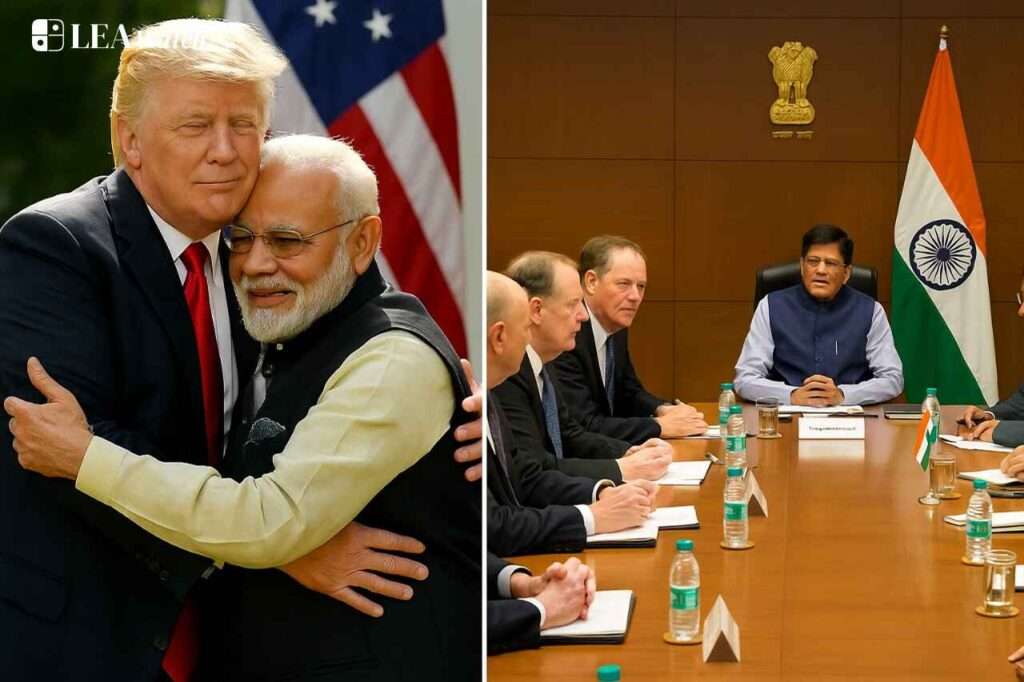The recent exchange of warm birthday wishes between U.S. President Donald Trump and Prime Minister Narendra Modi has once again highlighted the strength of personal diplomacy between the two leaders. Both described their messages as “heart-touching,” reinforcing the narrative of mutual respect and camaraderie at the highest levels. Against this backdrop, a U.S. trade delegation is currently in India to prepare the framework for the next round of negotiations, with Commerce Minister Piyush Goyal indicating that a trade agreement could be finalized by November. The symbolism of positive tweets, official statements, and interviews by Trump’s advisers has been interpreted as a sign of continued goodwill and alignment on strategic priorities.
At a surface level, the optics are encouraging. Indian officials have projected confidence that trade talks are moving in a progressive direction, while the Trump administration’s tone in public reflects India’s growing centrality in Washington’s Indo-Pacific calculus. For domestic and global audiences alike, the combination of cordial personal ties and institutional dialogue projects stability in the partnership.
However, contradictions beneath the surface cannot be ignored. Even as Washington reassures India, the U.S. has simultaneously pressed the European Union to consider 100% tariffs on Indian exports a move that starkly contrasts with its rhetoric of friendship. This duality raises doubts about whether such gestures of warmth are merely tactical, concealing harder bargaining positions in trade.
In essence, the U.S. mood appears layered; a willingness to showcase solidarity with India in public, while testing New Delhi’s resilience through economic pressure in private. For India, the challenge lies in leveraging symbolic goodwill without overlooking the hard realities of transactional diplomacy.

